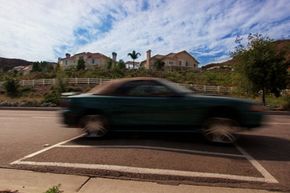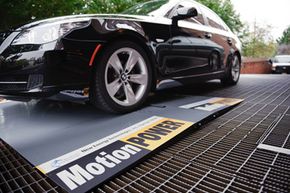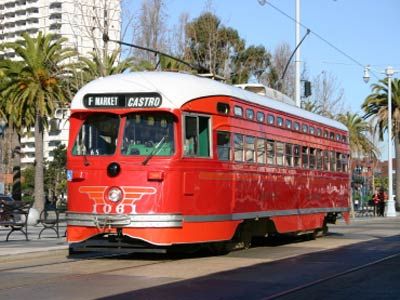There was a time when debates surrounding speed bumps revolved around whether or not a community needed speed bumps to slow down drivers on a certain road. Safety was the key issue. Now, a new key issue is making its way into the discussion -- the question of whether or not speed bumps can actually harvest unused energy from a car.
Many energy discussions involving vehicles focus on how to reduce the fuel consumption or overall energy cost of operating that vehicle. Hybrid car technologies seem to focus on either reducing the amount of fuel a car uses or ways to create power (for the car) by implementing systems like regenerative braking. But using a vehicle to create power for an outside device hasn't received as much attention. So how might it work?
Advertisement
When a vehicle approaches a speed bump, most drivers press down on the brake pedal to slow the car down. The car's braking system expends energy that gets transferred to the brake pads and then into heat. It takes a lot of energy to slow or stop a car. In addition, the speed bump itself receives energy via the weight of the vehicle coming into contact with it.
Some engineers and technology companies want to harvest the energy that's being used to slow vehicles down at speed bumps, and utilize it to power things like traffic lights, freeway lights or even to send it to a power grid to be used by homes and business in the community. The idea is to gather up the energy that's being wasted when the vehicle goes over the speed bump.
Advertisement



